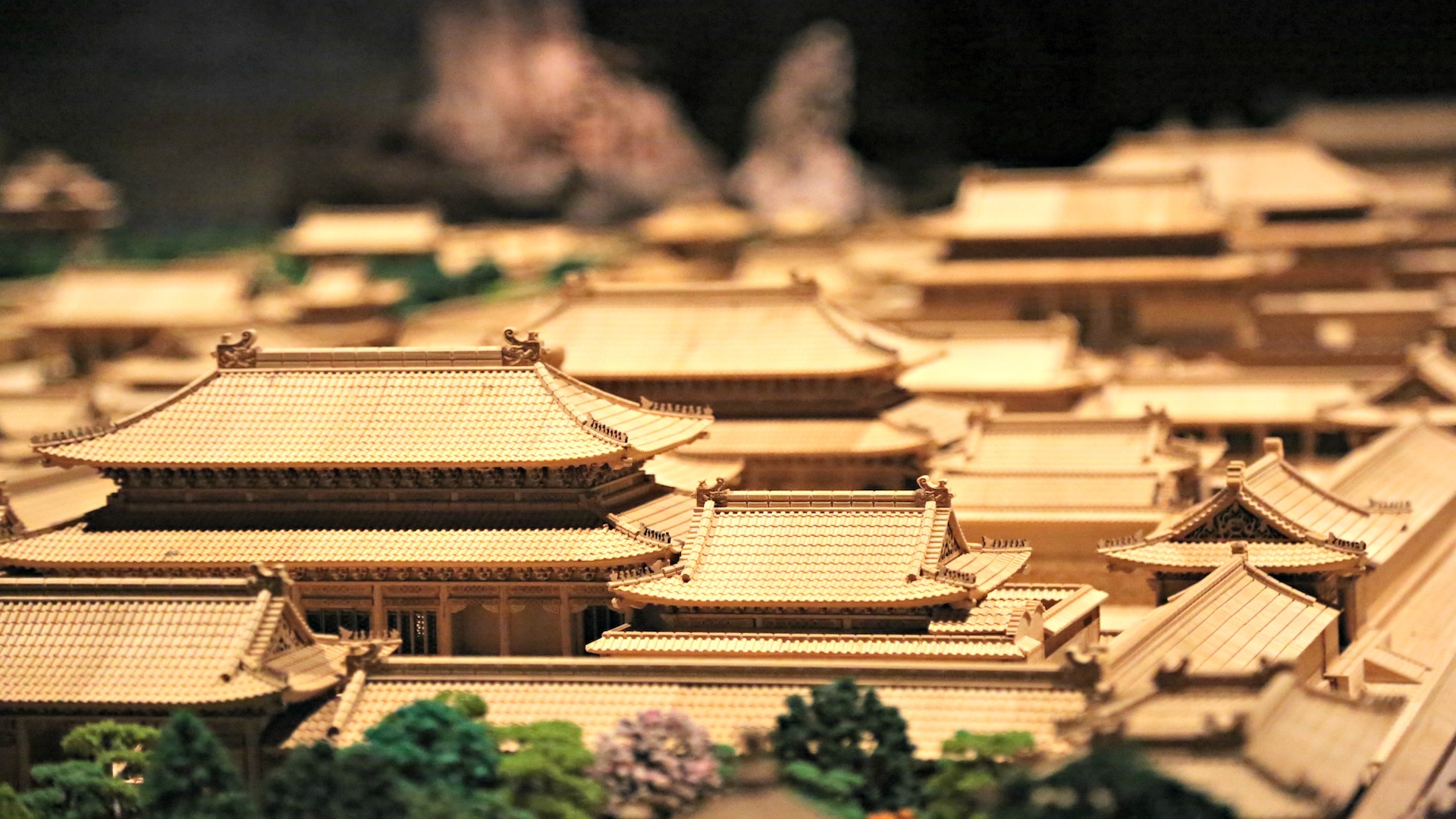Located a 90-minute drive from downtown San Francisco in the foothills of the Diablo Range, the Blackhawk Museum is, by the curator’s own admission, not a touristy area. For many Californians, a visit to this hacienda complex off of Interstate 680 represents a pilgrimage to one of the world’s foremost car collections, but the museum’s most recent permanent display, “Into China”, is a pitch to museum-goers beyond those with a passion for 1930s Cadillacs.
From a Forbidden City model to ceremonial bells of the Warring State period to a giant dragon carved by contemporary artists in southwestern China, the gallery provides a sweeping chronological introduction to 5,000 years of Chinese history. The vision stems from the Blackhawk’s late founder, Ken Behring, who conducted business in China for more than three decades and built strong relations with state museums, thanks to multimillion-dollar specimens and taxidermy donations.
“He [Behring] wanted to bring back the beauty he found in China,” said architect Elizabeth Premazzi, who is also a curator at the museum. “When I envisioned the gallery, I wanted to have that ‘wow’ factor to take people back to the time of the dynasties.”
The collection of 56 three-ton horses and full-scale Terracotta Warriors certainly marries Behring’s desire to transmit Chinese cultural history to locals with Premazzi’s urge to surprise. While previous expansions, including an Arts of Africa and an American Frontier gallery, enriched the museum’s cultural range, this Smithsonian-affiliated institution hopes “Into China” will directly engage the state’s local Chinese and Asian communities — and timing its opening to coincide with Lunar New Year is proof of that.
“We want to make the Chinese community proud of what we have. We are trying to promote throughout the Chinese community,” said Premazzi.
Beyond receiving considerable local media attention, museum outreach has advertised in Chinese publications, promoted across social media (though not, yet, on Chinese channels), and invited officials from the China Consulate in San Francisco and the Chinese Chamber of Commerce to attend.
Initially, programs will center on bringing in local families and students — free trips are offered to school classes (including transportation when applicable). Long-term, Blackhawk Museum hopes San Francisco tourists on day trips to nearby outlet malls will add the museum to their itineraries. Chinese travelers are already the biggest spenders in San Francisco and with 1.5 million expected to arrive in 2020, they are certainly a viable market to tap into.
The museum is considering creating a ticket package with nearby outlets and working with a China-specialist agency, though, as Premazzi acknowledges, it is going to take something special “to convince Chinese visitors to come from China to visit a Chinese exhibit.”
But with one of the most affordable ticket museum prices in the San Francisco Bay Area, ample parking, and an eclectic collection, Blackhawk Museum certainly has a platform to work from.



